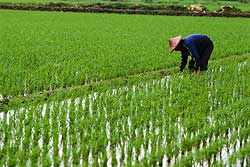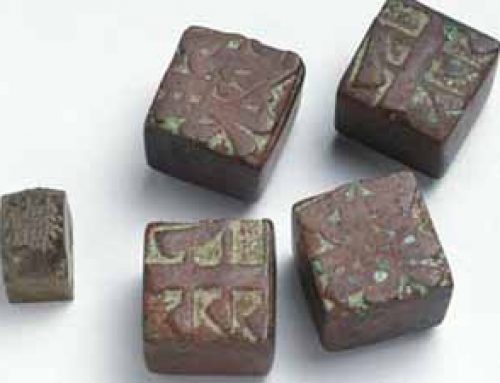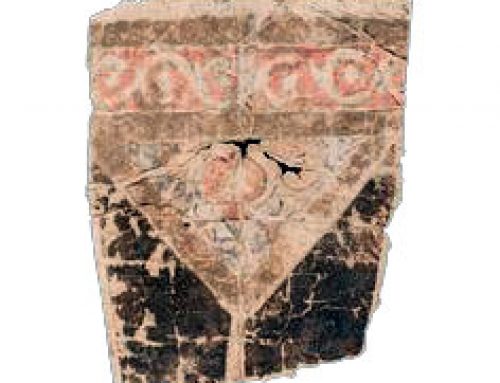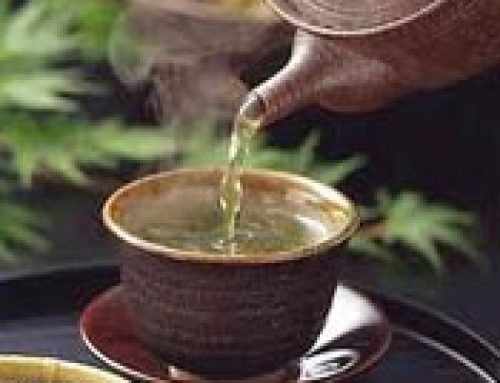
Rice history: A bowl of brown rice
What is rice?
Rice is a kind of grain, or grass, like wheat, millet, or barley, that provides carbohydrates to people who eat its seeds. In south-east Asia, rice grows wild like other grasses.
(More about the evolution of grasses)
Rice farming: 6000 BC – first China, then India
People probably first began to farm rice in southern China, about 6000 BC. From there, people learned how to grow rice further south in Vietnam, Thailand, and India. By 2500 BC, in the Bronze Age, people were growing rice in the Ganges valley in northern India.
(More about Stone Age China)
Rice reaches West Asia, Europe, and Africa
Rice probably reached West Asia and Greece about 300 BC with Silk Road traders. The Greek word for rice comes from the Indian word, vrihi, and all the other European words for rice come from the Greek word.
By the time of the Roman Empire, people were growing some rice around the Mediterranean Sea, in southern Europe and North Africa including Egypt (but not as much as in China or India). By 800 AD, thanks to trade with India and Indonesia, people in East Africa were also growing rice. Soon people were growing rice all over southern Africa, and by the Middle Ages people grew rice in West Africa too.
(More about the Silk Road)

Rice history: a rice paddy with a Chinese man planting rice
What are rice paddies?
Even as early as 6000 BC, when they were first beginning to grow rice, Chinese farmers were already using paddies to grow rice.
A rice paddy is a system of growing rice in artificial (man-made) ponds, which saves water and also helps to kill weeds.
You don’t have to grow rice this way – you can just plant it like wheat – but you get more rice with less land and less water (but more work) if you use paddies. Soon people used paddies to grow rice in India, too.
(More about farming in China)
Men harvesting rice in China
How is rice grown in a paddy?
You need warm, sunny weather to grow rice. When you grow rice in a paddy, you can start in the spring by soaking some rice (those are the seeds) in water for a day. Then you plant the rice in clay-rich ground, and keep the ground soaked or underwater. People used irrigation to make artificial ponds to keep the rice seedlings wet. They dug canals so gravity would make river water run out to their fields.
After about a month, your young rice plants should be seven inches high. You thin them out, moving the plants so they have enough room to grow. But they’re still underwater. Many Chinese farming families spent days every year standing knee-deep in the water, moving the rice plants so they wouldn’t be too close together.
(More about irrigation)
Rice paddies, mosquitoes, and malaria
One big problem with growing rice in paddies was that mosquitoes loved to breed in rice paddies. The rice paddies gave mosquitoes a good place to lay their eggs. And mosquitoes also carried a serious sickness called malaria. People who spent a lot of time working in wet rice paddies often caught malaria from the mosquitoes. Malaria gave you fevers and chills, and made you weak. Sometime people died of it.
(More about malaria)

Rice seed heads just before harvest
You keep the rice fields flooded for another three or four months, until they are about a foot and a half tall. Then drain out the water, and wait another two weeks for the rice to turn golden – then it is ready to harvest.
How do you harvest rice?
To harvest the rice, you cut the rice just below the seed heads, and leave it to dry in the sun for another couple of weeks. (Meanwhile, you can harvest the rice straw and use that for other things!) Then you can toast the rice to dry it even more, and then pound it in a mortar and pestle to get off the hulls. It’s a lot of work to produce rice without machines!
(More about how people used straw)
History of rice in medieval Europe
In the Late Middle Ages in Europe, people started to grow rice there. But then people started to get malaria from it. European doctors correctly blamed the standing water in rice paddies for the malaria. To try to prevent malaria, many European towns discouraged farmers from planting rice. So rice never really caught on in Europe.
(More about rice in medieval European food)

Rice history: Enslaved women pounding rice in the Carolinas
Rice history and American slavery
When British settlers came to North America in the 1600s AD, they brought rice with them. They planted rice in the south-east part of the continent where the climate was right for it (modern North and South Carolina). In the 1660s, British settlers forced the Cherokee off their land in order to grow rice on it. West African people who were forced to come to North America as slaves also brought rice with them. By the 1700s a lot of farmers were growing rice in North and South Carolina and exporting it to Europe (mainly to Germany, but also to Spain and Portugal). Rice fields helped to spread malaria in North America too.
(More about African-American slavery)
Rice history after the Civil War
After the Civil War, in the late 1800s, with their slaves free, the rich planters gave up growing rice in the Carolinas, but other people began to grow rice across the rest of the South, especially in Louisiana and Mississippi, and parts of Texas and California. Most people in Europe and North America kept on eating more bread and noodles than rice, and most people in South America continued to eat more corn. People in south Asia and South Africa ate most of the rice.
(More about rice, African food and colonization)
How to cook rice
People usually cook rice by boiling or steaming it to make it soft. The basic American recipe is two cups of water to a cup of rice. You can eat rice plain, or with a sauce of vegetables or meat or fish, or sweetened and baked into rice pudding. Or you can crush rice into a powder and use it to make rice noodles. Rice is a good source of carbohydrates (energy).
(More about how to cook rice)
Did you find out what you wanted to learn about rice? Let us know in the comments!





Rice is as old as Indian civilization. Vedic manthras talk about rice as the most supreme among foods. Its potency is indicated as manifestation of God, and the best offering made under sacrificial fire. Cooked rice is called Annam in sanskrit. Provider of rice is called Anna Paatha. Even a goddess in Kashi is celebrated as Anna Poorani. Hence rice cultivation precedes China. This can be proven if one checks the ethnic varieties of rice available in India vis-a-vis rest of the world.
Sorry, but the Vedic manthras probably do not go back that far; only to about 1000 BC, long after rice reached India. Even Sanskrit only reaches India after rice does. (https://quatr.us/history/vedic-india-history-india.htm)
Thats right!
this does not tell from paddy, to rice.
That’s a good point, Kevin! I’ll add a paragraph explaining that.